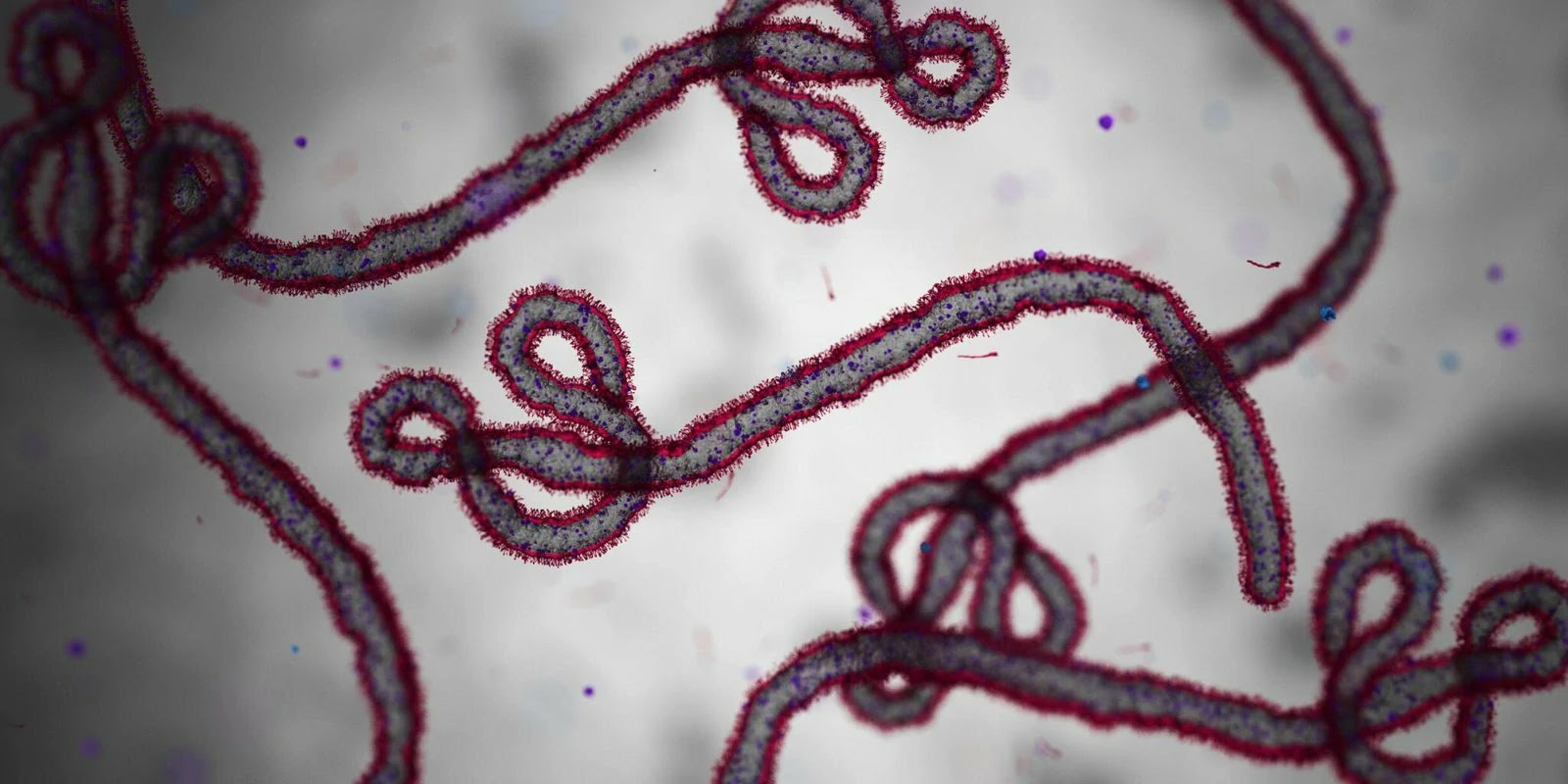Introduction
Ebola is a rare but extremely dangerous disease that has caused terror and devastation in various parts of the world. It is classified as one of the most lethal diseases on the planet, with a fatality rate that can reach up to 90%. This blog explores the origins, characteristics, and impact of Ebola, as well as the ongoing efforts to find a cure.
The Origins of Ebola
Ebola is caused by six species of virus, with four known to cause sickness in humans. Each species is named after the location of its outbreak. The first known species, Zaire ebolavirus, was discovered in 1976 near Zaire's Ebola River, which became the namesake for all Ebola viruses.
The Structure of Ebola Viruses
Like all viruses, Ebola viruses infect and feed off their hosts at a microscopic level. These string-like structures contain genetic information in the form of ribonucleic acid (RNA). The RNA is encased in layers of proteins, with the outermost layer being highly versatile. These proteins can change shape and bind to different types of cells within a host.
When the Ebola virus binds to a host cell, it fuses with the cell, allowing its RNA to infiltrate and replicate the virus from within. This leads to a rapid spread of the infection throughout the body, resulting in severe symptoms.
Symptoms and Impact
Within eight to 10 days of infection, individuals may experience a range of symptoms, varying in severity. These symptoms can include fevers, diarrhea, vomiting, and internal and external bleeding, often from the eyes. The severity of the symptoms can lead to organ failure and death.
One of the most devastating outbreaks of Ebola occurred in 2014, caused by the Zaire ebolavirus. This outbreak swept through western Africa and resulted in over 11,000 deaths, surpassing the combined toll of all previous Ebola outbreaks.
The Lack of a Cure
Currently, there is no cure for Ebola. This poses a significant challenge, especially for communities with limited access to healthcare. These communities are often the most vulnerable to the disease and face the greatest risks.
Ongoing Efforts
Despite the lack of a cure, international efforts are underway to develop and test vaccines that could potentially stop the disease. Scientists and researchers are working tirelessly to find a solution to this deadly disease and prevent future outbreaks.
The development of effective vaccines is crucial for controlling the spread of Ebola and protecting vulnerable populations. By immunizing individuals, the hope is to build immunity and prevent the virus from taking hold and causing severe illness.
Conclusion
Ebola is a nightmare disease that has caused immense suffering and death. Its high fatality rate and severe symptoms make it one of the most lethal diseases known to humanity. However, despite the challenges, scientists and healthcare professionals are dedicated to finding a cure and preventing future outbreaks. Through ongoing research and international collaboration, there is hope for a world free from the terror of Ebola.








